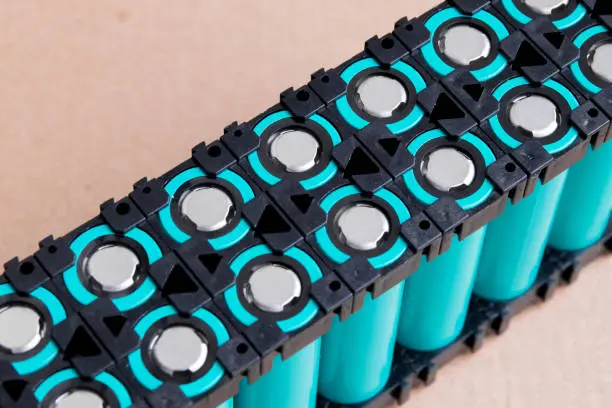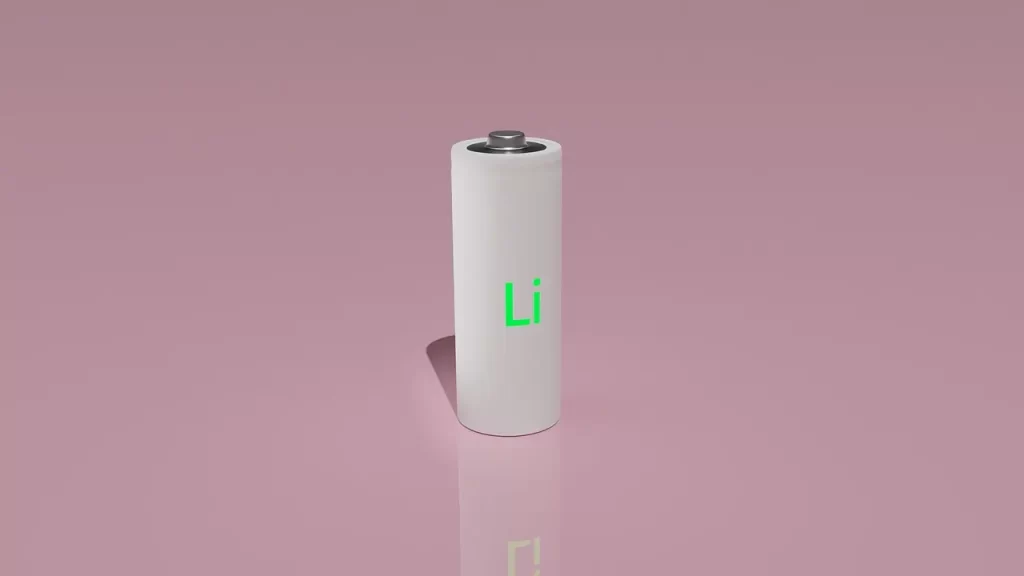
As the world increasingly shifts towards renewable energy sources, solar power has emerged as a popular and sustainable option. One of the key components that enhance the efficiency and reliability of solar energy systems is the battery bank. This article delves into the importance, types, and considerations when choosing a battery bank for solar panels.
What is a Battery Bank?
A battery bank is essentially a group of batteries connected together to store electrical energy generated by solar panels. This stored energy can be used when the sun isn’t shining, such as during nighttime or cloudy days, ensuring a continuous power supply.
Importance of a Battery Bank in Solar Systems
Energy Storage: The primary function of a battery bank is to store excess energy produced by solar panels during peak sunlight hours. This stored energy can then be used when solar production is low or demand is high.
Grid Independence: For off-grid solar systems, a reliable battery bank is crucial. It allows homeowners and businesses to operate independently from the traditional electrical grid, providing energy security and reducing utility bills.
Power Backup: In areas prone to power outages, a battery bank provides an essential backup power source, ensuring that critical appliances and systems remain operational.
Load Shifting: Battery banks enable load shifting, where energy is stored during low-demand periods and used during high-demand periods. This can help in managing energy costs more effectively.
Types of Batteries Used in Solar Battery Banks
Lead-Acid Batteries: These are the most common and cost-effective options. They come in two main variants:
Flooded Lead-Acid (FLA): Requires regular maintenance and water refilling.
Sealed Lead-Acid (SLA): Maintenance-free but generally more expensive than FLA.
Lithium-Ion Batteries: Known for their high efficiency, longer lifespan, and compact size. They are more expensive upfront but offer better performance and lower long-term costs.
Nickel-Cadmium Batteries: Durable and capable of operating in extreme temperatures, but they have a higher environmental impact due to cadmium content.
Flow Batteries: Utilize liquid electrolytes and offer easy scalability and long cycle life. However, they are less common and typically more expensive.

Key Considerations When Choosing a Battery Bank
Capacity: Measured in kilowatt-hours (kWh), capacity indicates how much energy the battery can store. It’s essential to calculate your energy needs accurately to choose a battery bank with sufficient capacity.
Depth of Discharge (DoD): This refers to the percentage of the battery’s total capacity that can be used without causing damage. Higher DoD values mean you can use more of the battery’s capacity.
Efficiency: Indicates how much energy is lost during the storage and retrieval process. Higher efficiency batteries ensure more usable energy.
Lifespan and Cycle Life: Lifespan is measured in years, while cycle life refers to the number of complete charge-discharge cycles a battery can undergo before its capacity significantly degrades. Longer lifespans and higher cycle lives are preferable.
Cost: Initial investment and long-term costs should both be considered. While lithium-ion batteries are more expensive initially, their longevity and efficiency may offer better value over time.
Environmental Impact: Consider the environmental footprint of the battery technology. Lithium-ion and flow batteries generally have a lower environmental impact compared to lead-acid and nickel-cadmium batteries.
A well-chosen battery bank can significantly enhance the functionality and reliability of a solar power system. By understanding the different types of batteries available and considering factors like capacity, depth of discharge, efficiency, lifespan, and cost, you can make an informed decision that meets your energy needs and sustainability goals. As technology advances, battery banks will continue to evolve, offering even more efficient and eco-friendly solutions for harnessing solar energy.



